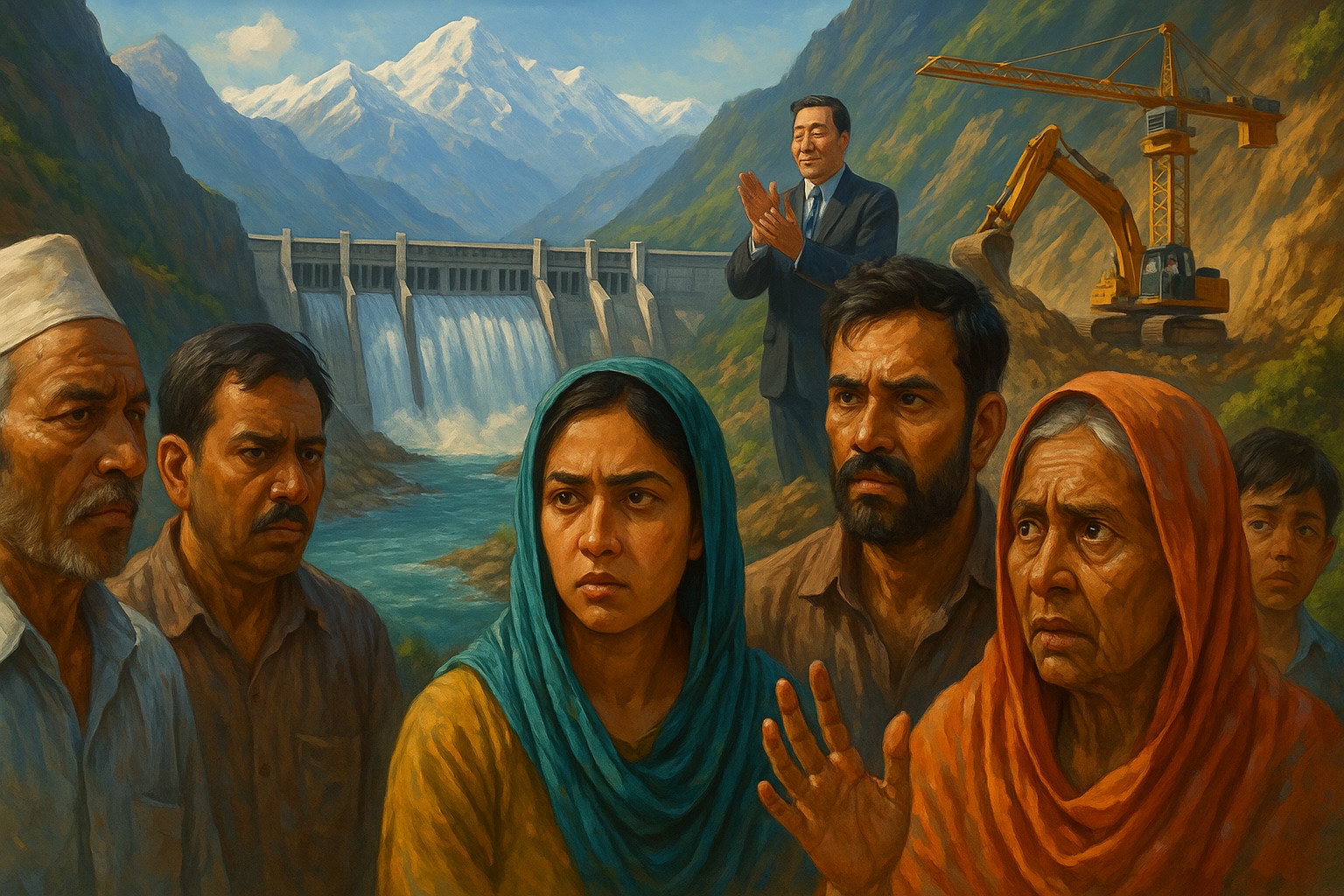China’s Mega Dam on Brahmaputra: Is Beijing Igniting a Water Bomb for South Asia’s Millions?

Tensions are mounting across South Asia as China breaks ground on a colossal dam over the Yarlung Tsangpo—known as the Brahmaputra in India and Bangladesh—sparking fears of a looming water crisis for millions downstream. With Chinese Premier Li Qiang personally presiding over the foundation stone-laying ceremony in southeastern Tibet, the project has already triggered alarm bells in India, Bangladesh, Nepal, and Bhutan, all of whom depend on the river’s steady flow for drinking water, farming, and energy.
Set to surpass the scale of China’s own Three Gorges Dam, the new structure will be the world’s largest hydroelectric complex, with five generating stations and an estimated investment of $167 billion. Beijing claims the project will help meet Tibet’s electricity needs and fuel China’s ambition for carbon neutrality. But for lower riparian countries, these assurances ring hollow. History shows that giant dams upstream can act as geopolitical water bombs, giving one country the power to control, divert, or even weaponize the life-source of millions.
India has repeatedly voiced its concern, warning that the dam could disrupt water supplies and livelihoods in its northeastern states and beyond. The Indian Ministry of External Affairs has formally called on Beijing to ensure “no harm to the interests of lower riparian states.” Bangladesh and Bhutan, too, face an anxious wait, knowing that their fate depends on decisions made far upstream, beyond their control.
Beijing insists the project will not negatively affect the lower reaches of the river and has promised to maintain “communication” with its neighbors. Yet such statements are cold comfort for those who remember the devastating impact of altered river flows, unannounced water releases, and opaque Chinese management in the past. Environmental scientists warn that the fragile Tibetan plateau cannot withstand such irreversible engineering—especially as climate change accelerates glacial melt and increases the risk of flash floods.
Meanwhile, millions of farmers and villagers from Assam to Dhaka worry they will be left high and dry, or drowned in artificial floods if China’s ambitions outpace cooperation. South Asian voices are growing louder, demanding not just transparency but legally binding water-sharing agreements that recognize the fundamental rights of lower riparian nations. The dam’s construction is not merely an engineering feat; it is a test of regional trust, justice, and the principle that no nation has the right to hold the water security of its neighbors hostage.
As bulldozers roar in the Tibetan highlands, the fate of an entire region hangs in the balance. Will China use its hydro-power for common benefit—or is South Asia standing on the brink of a man-made water bomb, with Beijing holding the detonator? The next moves from all sides will decide whether the Brahmaputra becomes a river of peace, or a new front in South Asia’s growing struggle for survival and sovereignty.




![From Kathmandu to the World: How Excel Students Are Winning Big [Admission Open]](https://www.nepalaaja.com/img/70194/medium/excel-college-info-eng-nep-2342.jpg)
